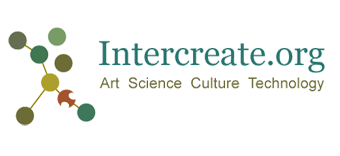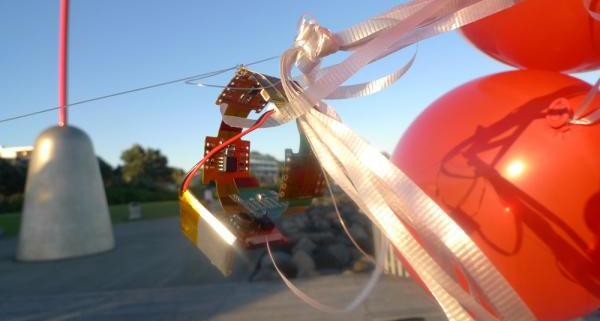Residency Project: Josh Wodak

Image: >2 degrees before 2028, detail, photograph 45×65
My proposal for the residency is three-fold:
- – to participate in the Open Lab, in sharing perspectives and approaches to exploring environmental issues through interdisciplinary art+research
- – to participate in the low cost electronics workshop to build a rapid prototype of the LED light strip (described below)
- – to liaise with local community members and fellow participants to develop the following project, and to seek out potential participants for the project in New Zealand through SCANZ 2013.
‘Ocean Island’ is a series of staged video-portraits of 6 individuals from Tuvalu and Kiribati, now living in New Zealand in light of climate change effects on their islands of origin. Production would take place after SCANZ 2013, over two months, at locations determined by the participants.
The video-portraits symbolically depict futuristic sea level rise on today’s Pacific Islanders.
Each portrait is of a participant standing on shallow New Zealand sandbars with their body facing the camera, to appear to be figuratively ‘standing on water’, as they are filmed from the nearby shoreline with open ocean behind them. One arm is held outstretched, to symbolise the fable of King Canute holding back the rising tide. This stance and composition is illustrated in the photograph below.
A 3cm wide, 100cm long strip of 50 red LED lights is attached along their right arm, going from their fingertips to the their head. They stare at their fingertips for 2 minutes while the LEDs are lit up, from their fingertip and then increasing one-by-one to their head. This rising column of lights symbolises the sea level rising up their body, as per the sea level rise forecasted for the end of this century.
Staring at the fingertip while this symbolic flood height rises symbolises the cumulative passage of time and how each subject is metaphorically passing through the remaining 88 years of this century (represented by each successive LED light, like a growth ring on a tree or ‘lines of age’).
Speed and playback of each real-time 2 minute recording is manipulated to evoke the different ways sea level rise will occur if global temperatures increase more or less than 2 degrees by 2100. Each recording’s length will correspond to an equivalent temperature rise: e.g. Portrait A @1”45 seconds represents 1.75 degree increase, Portrait B @2”30 seconds represents 2.5 degree increase. Each video-portrait has a corresponding 2 channel sound collage of wind, rain, surf, thunder, hail and other weather phenomena (drawing on my practice in sound arts and classical training in music composition).
The video-portraits would be projected in vertical diptychs, with the left video projection showing a subject holding their right arm out and the right projection showing a subject holding their left arm out (like in photograph below). The exhibition would feature all 6 segments from 2 DVD players on a looping cycle, forming asynchronous relationships between neighbouring portraits, as their playback would shift in and out of phase with one another due to the slightly different length of each portrait.





















